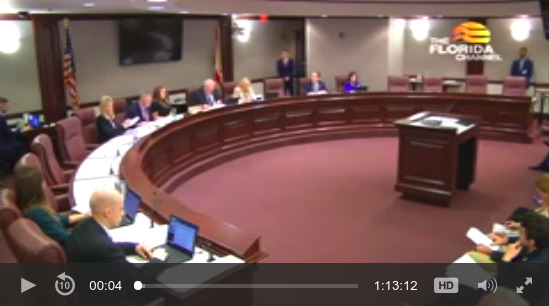Update 2020-01-11: Signs in Georgia on Withlacoochee River and new data; thanks Lowndes County and SRWMD 2020-01-10.
It would be prudent to avoid contact with the Withlacoochee River from Knights Ferry Boat Ramp all the way to the Suwannee River, due to test results from Lowndes County, Georgia, and the Florida Department of Environmental Protection (FDEP).
![[Avoid red area]](https://www.wwals.net/pictures/2020-01-08--fdep-wq-results/valdosta-withlacoochee-confluence-suwannee.jpg)
Avoid red area.
WWALS Map of
Landings in the Suwannee River Basin.
The problem access points would seem to include Knights Ferry Boat Ramp, Nankin Boat Ramp, and State Line Boat Ramp in Georgia, and in Florida Sullivan Launch, Florida Campsites Ramp, Madison Blue Spring, Madison Boat Ramp, and Allen Ramp on the Withlacoochee River. I believe Hamilton County also has a warning sign upstream on the Suwannee River at Suwannee River Campsites. There’s a sign at Madison Blue Spring, and I’d bet there’s one at Suwannee River State Park Ramp. There will be signs in Georgia today, one way or another.
Here is an excerpt from the latest FDEP data, received this morning. The entire updated FDEP spreadsheet is Continue reading

![[Dec. 30 - Jan 6]](https://www.wwals.net/pictures/2020-01-06--fdep-vld-sewage-results/2020-01-06--state-line.jpg)
![[Sewage dates, Dec. 3 - Jan 6]](https://www.wwals.net/pictures/2020-01-06--fdep-vld-sewage-results/sewage-dates.jpg)
![[FORWARD FLOW SCHEMATIC]](https://www.wwals.net/pictures/2019-09-01--catch-basin-vld-wwtp/ORR-2019-357-John-Quarterman-Secondary-EQ-DDR--Final-123019-0007.jpg)

![[Tribal Grounds west along GA 94 to TPM equipment, 12:38:38, 30.5257540, -82.0411100]](https://www.wwals.net/pictures/2019-10-05--equipment-tpm/triba-grounds-to-TPM-equipment.jpg)
![[Across]](https://www.wwals.net/pictures/2019-12-26--nankin-wq/20191226_163637_resized.jpg)
![[2019-12-17--WWALS-GA-EPD-Valdosta-sewage-0001]](https://www.wwals.net/pictures/2019-12-17--wwals-ga-epd-valdosta-sewage/2019-12-17--WWALS-GA-EPD-Valdosta-sewage-0001.jpg)
![[Organizations For Okefenokee Swamp, Against Titanium Mine]](https://www.wwals.net/pictures/2019-07-12--tpm-usace/For-Okefenokee-Swamp-Against-Titanium-Mine-0001.jpg)
![[TPM Equipment closeup, Wayne Morgan]](https://www.wwals.net/pictures/2019-10-05--equipment-tpm/WAM_0876.jpg)
![[Public Notice: 20,338 comments]](https://www.wwals.net/pictures/2019-09-12--wwals-usace-tpm/SAS-2018-00554-Charlton-0912-SP-HAR-0001.jpg)